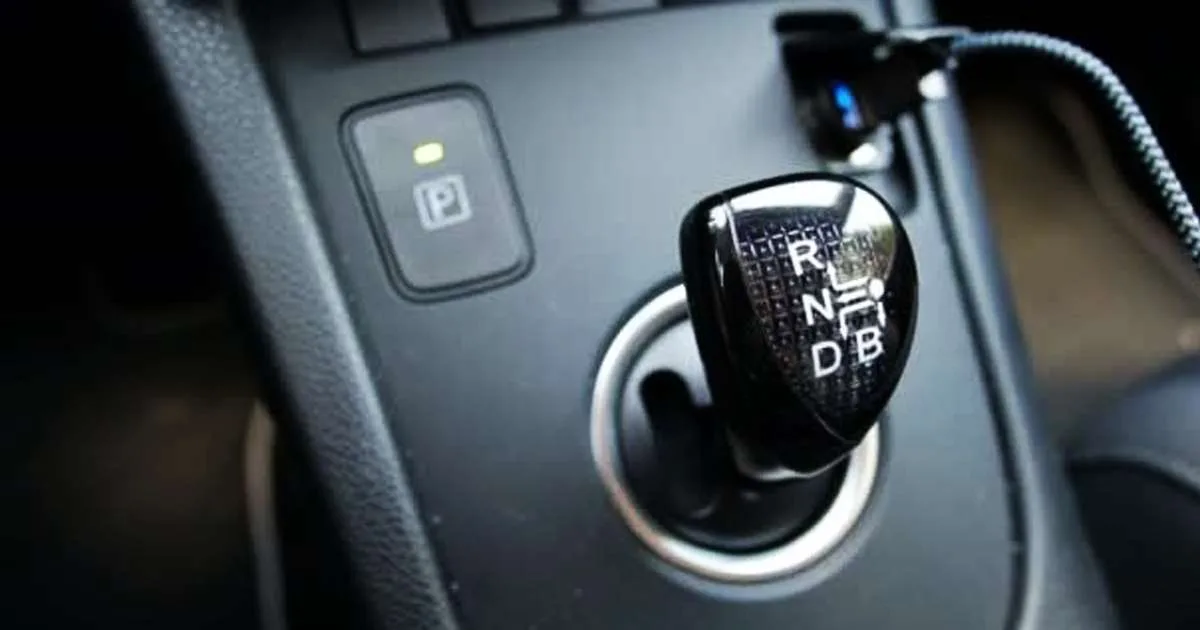Problems with Continuously Variable Transmission
Problems with CVT Transmission: Continuously Variable Transmission is known as CVT. Even though the style has been around for millennia, it has only lately become popular due to advancements in effectiveness.
Zenith motorbikes had CVT gearboxes by 1910, and Subaru introduced it in the car business in the late 1980s. Nowadays, most automakers provide at least one vehicle with a CVT system, notably in their range of compact and mid-sized cars.
In essence, a CVT system is an automated transmission that does not require the clutch pedal of a manual transmission. As a result, the car may smoothly shift between some effective gear ratio ranges while moving. Other varieties of mechanical gearboxes, which offer a set number of gearboxes and require complex shifts between them, are not like it.
The CVT program’s shiftless feature offers unmatched versatility and consistent angular velocity regardless of output speed. As a result, the car accelerates more smoothly, its fuel efficiency increases, and the entire driving experience is enhanced.
Vehicles with (CVT) Continuously Variable Transmission
Compared to their peers in Europe and America, Japanese manufacturers seem to favor CVT systems more. It is not to imply that CVT automobile systems have not made some headway in the international automotive sector because vehicles offer good engine efficiency.
By searching for the car’s model on the company’s website and in the booklet, you can usually tell which vehicles have a CVT system. Here are some vehicles with CVT transmission
- Subaru Forester
- Lexus RC
- Toyota Corolla
- Honda Jazz
- Honda CR-V
Top typical CVT transmission problems
Compared to many other transmission systems, CVT systems are easier to construct and have fewer moving parts. They share some issues with other vehicle systems. So here are a few problems that a car with a CVT transmission is likely to experience. So you are aware of what to anticipate.
Getting too hot
There is a significant risk of overheating since CVT systems use two belts to provide an infinite variety of gear ratios. Overheating may also result from a malfunctioning cooling system. A smell of burning in the car is among the more typical indications of CVT transmission issues.
Problems with Transmission Fluid
Transmission fluid is essential to how CVT systems work. However, if there is a lack of CVT transmission fluid, each component could fail. It causes problems with the transmission fluid, such as leaks, difficulties with the set points, or sluggish movement.
Transmission fluid pollution is another problem that CVT systems frequently experience. The transmission fluid’s ability to function is hampered by debris contamination, which can cause the vehicle to surge, jerk, lurch, or jump uncontrollably. Another indication that the transmission is tainted is that it appears murky or muddy.
Sudden slowing down or acceleration
If this is a problem, a car will tremble and shudder when you press the pedal. The excellent acceleration offered by CVT transmission systems is one of their outstanding features. The CVT, however, takes a long time to react to stimulus from the accelerator when the engine becomes overheated. One of the most frequent issues with Honda CVT transmissions is this one.
Reliability and performance Problems
The design of the technology makes CVT transmissions prone to reliability problems. Because of the system’s constant motion, CVT is more likely to suffer damage and malfunction than conventional transmission systems. Nevertheless, automakers are developing designs to reduce these dependability difficulties.
Comparatively speaking, CVT transmission systems seem to be more expensive. Furthermore, CVT systems are substantially more costly than their rivals in terms of replacement and maintenance expenses.
The adoption of CVT transmissions has several advantages for car owners. A CVT transmission vehicle offers a better experience driving, increased fuel efficiency, and extremely rapid acceleration. However, you must be aware of the issues with CVT transmissions that arise while employing such engines.
READ MORE
- Price for Aston Martin – All About Aston Martin Cars
- Audi e tron Review , Price , Performance
- Bently Continental GT price in India
- BMW X1 Price in India | BMW Price in India
- Brezza 2022 Launch date in India | Brezza 2022 New model
- Why Bugatti Is So Expensive? 8 Reasons That Justify
- Best car dealers in Dubai
- Concorde Motors Kochi, Phone Number and Address
- Honda Showroom Kochi, Kerala, India
- Indus Motors Thevara
- KIA DEALERS IN PUNE
- Lamborgini Showroom in India
- Nippon Toyota Kalamassery
- Rolls Royce Showroom in India
- Sai Service Pathadipalam
- Top 10 Car Showrooms Kottayam, Kerala
- Top 5 Car Showrooms Trivandrum, Kerala
- BREZZA 2022 vs TATA NEXON | Maruti Brezza vs Tata Nexon Comparison
- Citroen C3 price in India- launch date
